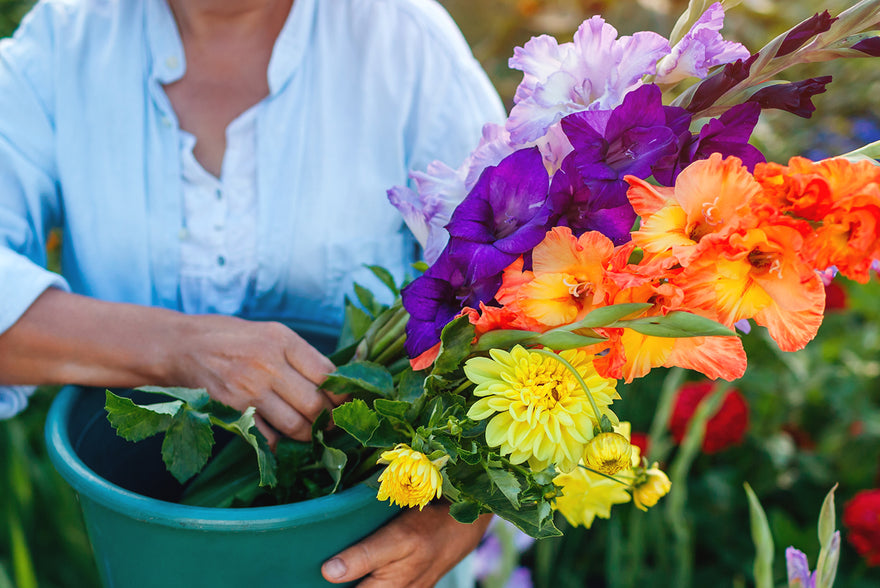
How to create your own cutting garden
Growing your own cut flowers is a wonderful journey, whether it is for personal use or part of your business. Having a source of fresh flowers available for special occasions or to keep for yourself is useful as much as it is a treat for the soul, and a rewarding part of a labour of love!
Benefits of home-grown flowers
As well as the satisfying process of growing your own cut flowers, there are clear benefits besides flowers in a vase:
— Growing your own flowers is a much more environmentally friendly way to source flowers for the home. The air miles are zero when you only need to step outside for glorious, fresh and long-lasting blooms. Of course, there is also no packaging needed.
— You can grow your personal favourites that you cannot find anywhere else. There’s a diverse selection of seasonal blooms which can be grown, some of which are not readily available from your florist or supermarket. This also means you can create distinctive arrangements unique to your taste and style!

— Growing your own flowers is easy on your pocket. After the initial investment of buying perennials to grow, by their very nature, they will come back each season. Each year, perennials tend to form a larger clump which will produce more flowering stems. Once your perennials are established, you can also divide the clump and share them with fellow plant lovers.
— You can enjoy longer lasting arrangements by cutting flowers just before they fully open. Arranged within minutes of being picked, they couldn’t be fresher.
— Growing your own cut flowers is fun, rewarding, good for you and good for nature. Not only will you benefit physically and mentally from the work your put into your cutting garden, you’ll also be providing a bounty of nectar for pollinators.
How to start a cutting garden
Knowing where to start can be the first hurdle. Let us point you in the right direction if you’re starting from scratch. With this guide, we hope you will be encouraged to don your boots and get in the garden, making the first step towards creating your very own flower patch.
Choose the right spot
It is important to choose the best location and taking account of certain factors will help to decide where to start your flower patch.
Purpose
Do you want to adapt your current border to simply include more varieties that can be cut—or would it be better to designate an area of the garden purely to cutting flowers? This about how many flowers you intend to cut – if it’s just for personal use or for a constant supply of flowers in larger numbers. Adapting a current border is a great solution if you only intend to cut once a week for personal use, however if you want to cut more than a couple of vases worth of stems each week, the best approach would be to assign part of the garden or allotment to your project.
Aspect
Choose a position that is generally sunny most of the time. Plants need the sun to create blooms, and a shady spot will limit the number of cut flowers produced. Ideally, you will need a patch that is in full sun for at least 6 hours on most days. That said, there are some varieties which prefer to grow in shade and you could assign a separate space for those.

Soil type
Check your soil type and adjust if needed/possible. Alternatively, you can choose plants which thrive in the type of soil you have available. Not all plants will grow in all soil types and knowing your soil is a very important factor to consider. A poor soil will bring a poor yield in some varieties. Planting something in the wrong soil type can also lead to disappointment. If you have a heavy soil, you can consider combining some organic matter to start to break it down, give better drainage and make it more friable—this will help your plants develop a good root system, make water and nutrients more readily available and bring a high yield of flowers. The same goes for very light soils, which are likely to need enriching.
You can also consider at this point if raised beds may be a good option as you can choose the soil which goes into them. Bear in mind that raised soil levels may require additional watering as they will tend to dry out quicker in hotter weather.
Hardiness
Some of the best cut flowers are not fully hardy, which means that during winter they may need some frost protection. Consider designating an area for more tender plants to grow where you can erect a small polytunnel of simple cane and horticultural fleece structure during winter, or set aside a storage space for overwintering lifted summer bulbs and tubers.
Prepare your cutting garden
You will need to have your bed prepared for planting cut flowers either during autumn or spring, but you can make a start on preparing it anytime. This will mean that the bed is cleared of all unwanted plants, weeds, roots, and large stones and it is thoroughly dug over. While the bed is empty, it’s well worth enriching the soil with a good quality mulch, such as well rotted leaf mould or compost. This will help young roots to develop, keep any weeds down and assist in maintaining the soil moisture. Leave the newly prepared areas bare for at least a few weeks prior to planting, that way it is easy to remove any missed weeds.
When to plant a cutting garden
You can plant spring-flowering bulbs between September and December and summer-flowering bulbs between March and mid-May. Take time to carefully choose your bulbs from our seasonal range in advance of those planting seasons and they will be shipped to you at the correct planting time.
Most spring flowering bulbs are fully hardy and can be planted directly outside. Some, such as anemones and ranunculus may need protection from harsh winter weather. This can be in the form of cloches, a small structure using canes and a cover, or simply a thick mulch if temperatures are not likely to fall below -5°C.

Some of the best summer cut flowers, such as dahlias, are not frost hardy. They should be grown on in spring in frost free conditions, or planted directly into your cutting garden area once risk of frost has passed.
How much time does a cutting garden take to maintain?
An important consideration is also how much time you intend to make available to care for your cutting patch. Don’t take on a large space if you may not have time to maintain it during the growing season. Some plants may require staking, regular deadheading/cutting, potting up and growing on, frost protection or winter storage. There will also be weeding and watering to make time for during the summer months.
A small personal supply of flowers will require less time however the more flowers you require, the more time you will need to commit to tending to the patch and usually a daily routine is essential. A successful cutting garden is a year-round commitment—outside of the growing season, digging, mulching and weeding to prepare for the season ahead needs to take place.
How to design a cutting garden
Once you have found the perfect spot to create your cutting garden, the next part of the process is how to arrange it, what shape should it be, and where to plant everything. The shape of your patch may be dictated by the amount of space you have available, the shape of your garden plot and also where the sunny areas are.

Considering the shape of your border now will make life easier when it comes to cutting your flowers. A border that is too deep with limited access through your plants will restrict your ability to reach in and cut stems. A good width would be around 2 meter with access from both sides to reach into the middle. A wider border is perfectly manageable too, just be sure to leave enough space between your plants to be able to access for cutting, or leave a narrow pathway through the middle.
When choosing where to plant your chosen varieties, do so according to their height. Taller varieties should be at the back of a border which is accessed from only one side, or in the middle if your cutting patch is accessible from all sides. Lower-growing varieties should be positioned in front of tall varieties so you have an incline of plant heights.
If you are growing tall plants which may become top heavy, such as dahlias or lilies, it’s worth putting something in to support them and ensure they stay upright through the season. The most effective way is to create a grid with twine between canes which are pushed firmly into the soil around the edge of the cutting patch at a spacing of around 20-30cm. The twine should be tied to the canes at each end of the areas to create a grid support. It is much easier to include a support for your plants to grow through than to support each plant once it is already fully grown.
Top cut flowers to grow
Most importantly, choose flowers that you like! When starting this endeavour, it’s best to choose plants that you are fond of—it adds motivation and a sense of pride and achievement to the process of growing, especially when growing for personal use.
Seasonality is an important aspect if you want flowers available for cutting over a long period of time. Choosing varieties that flower in succession from spring to autumn will ensure there is always something available to cut in the garden.

Choose plants and flowers that will cut and come again. Plants that will readily create more flowers in the same season once blooms have been cut are a brilliant choice for maintaining a high yield and extending the period of available blooms. Some great reliable varieties that will repeat flower once established include Dahlia, Achillea, Salvia, Rudbeckia, Astrantia, Phlox, and Sidalcea.
You may choose your selection based on a particular event, a wedding for example, which has a particular colour scheme. It is worth noting at this point that growing perennials for a wedding will require two good seasons for your plants to mature to a good flowering stage. During their first and sometimes second season, while these reliable plants are getting a good footing and putting down roots, the flowers can be minimal so you should pad out your displays with first-year flowering plants like dahlias, ranunculi, anemones and lilies in the meantime.
You may want to grow for scent—there is no sweeter smell than that of a freshy-cut flower that you have grown yourself! Even the most fragrant flowers start to lose their scent once cut. Freshness is key to a highly fragrant bouquet, and growing your own is the best way to ensure they’re as fresh as possible.
Top 5 summer/autumn cut-flower varieties to grow:
Peonies
A classic cut flower, long-adored for its long-lasting blooms, luxurious, silky petals and delicate fragrance. Another plus is that Paeonia is a long-living and very low maintenance hardy perennial that will offer more blooms year on year.

Dahlias
Dahlias are on trend not only because there is such a wide variety of colours and shapes, but because they repeatedly produce perfect blooms all through summer and well into autumn. The more dahlia flowers you cut, the more will grow.

Achillea
This is a hardy perennial which is low maintenance, easy to care for and a great filler or background flower that will enhance other flowers in the vase or bouquet. Yarrow plants are available in gorgeous dusky pastel tones as well as bright boho colours. The Achillea flowers are incredibly long lasting both in the garden and once cut, plus they have good stem length.

Monarda
Bergamot plants come in various shades and are an interesting textural addition to the cut-flower patch. Perhaps considered a background plant, once cut this wonderful bloom offers a unique edge to your display as well as a hint of bergamot fragrance.

Phlox
Each flowerhead is formed of dozens of fragrant blooms and they come in a wide range of beautiful colours. Phloxes last well in a vase and this plant will send up new stems after cutting for a later cutting. Also a hardy perennial, they will grow back each year, they’re low maintenance and don’t require any winter protection.

Top 5 spring cut-flower varieties to grow:
Tulips
An absolute must for a spring cut flower patch because there are so many Tulip varieties to choose from with various flower shapes and almost a full spectrum of colours. Choose tall varieties with long stems, and also note that there are early, mid and late tulips—planting a selection means you can cut tulips between March and mid May.

Anemones
These pretty and delicate blooms can be cultivated through the winter for a spring flowering season, or planted in spring for summer flowers. Long bare stems make anemones perfect for cutting and they have a long vase life, especially in a cool environment. With such a wide range of colours, there is one to suit any occasion and all tastes!

Muscari
With their short stems they may not be an obvious choice, however Muscari or grape hyacinths make great little table arrangements! Their form contrasts well with other blooms and the blue varieties shout spring when teamed with pinks and yellows.

Ranunculus
An autumn sowing will ensure you have these stunners available for picking during spring. You can also plant Ranunculus in spring for summer flowers. Often used as an early alternative to peony, these petal-packed blooms come in so many colours and have lovely long stems with minimal foliage, making them easy to cut and use in bouquets and vases.

Alliums
Bold and statuesque, alliums are great for creating drama in larger arrangements when using a tall variety. There are also shorter varieties that look great in a standard vase. With colours that blend well in most palettes, alliums are a useful addition for late spring/early summer arrangements.

Quick tips for cutting flowers:
— If growing flowers for business or for an event, you should make sure that you have a wide range of contrasting flower forms and some fillers that compliment larger single feature blooms, such as Achillea or Gypsophila.
— Cut the stem as long as possible depending on how you intend to use the flower once cut. Cut above a node so that the plant can produce another stem or bud afterwards. Cut clump-forming perennials at the base of the stem and the roots will push up new stems. Bulbs can be cut at the base of the flowering stem, but leave any foliage intact where possible to feed the bulb for next season, if leaving in situ.
— Remember that tulips will not reliably perform year after year (this is particularly important if you are cutting for business) unless you have selected from the botanical or Darwin hybrid range. This means that you need to replace tulip bulbs each year to ensure good growth and reliable blooms that are true to type.
— Cut your flowers early in the morning before temperatures rise. Place your cut stems straight into a clean sterile bucket of fresh water. Remove any foliage as you go if possible and allow them to drink for 24 hours before you arrange them into a bouquet. Use fresh water in all your arrangements and keep in a cool location until you are ready to display them.
— If using Narcissus you should keep these in a separate bucket of water for 24 hours. These wonderful blooms look great with other flowers, but when cut will exude a white poisonous sap. Keeping them separate will allow much of the sap to dissipate into the water and they can then be used without affecting the other flowers.





















































































































































































































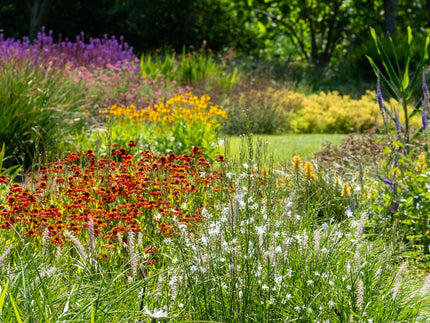
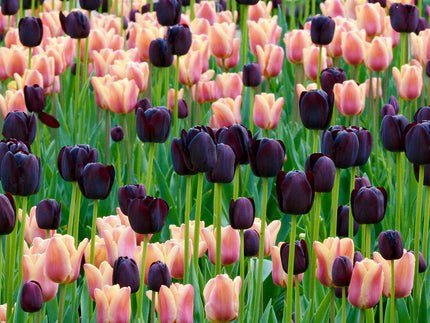
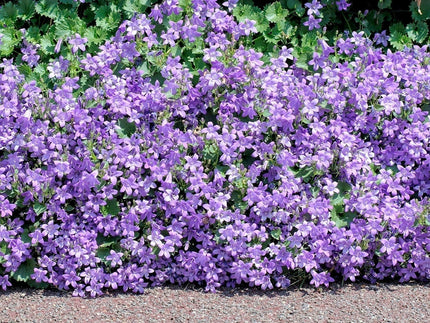

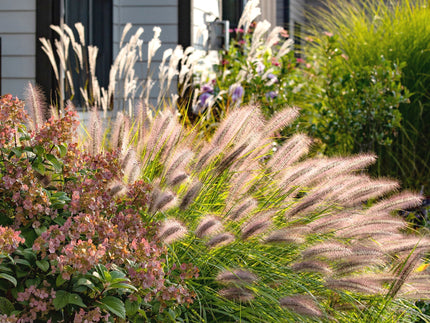
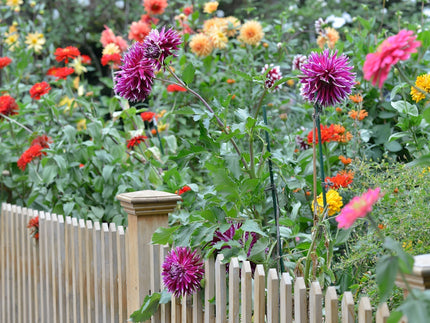
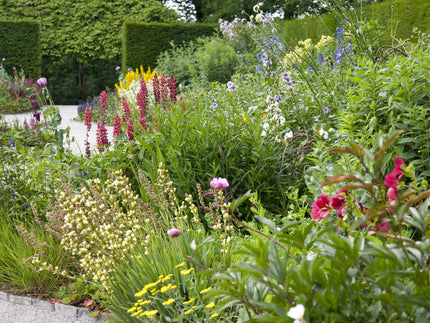
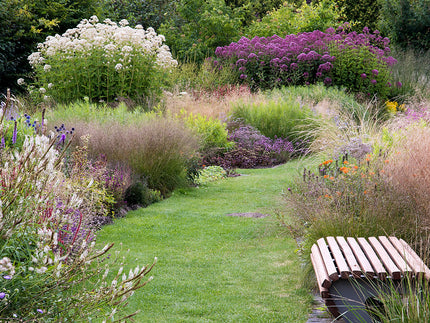
1 comment
Thank you. Great info. 👍🏼😊🤗